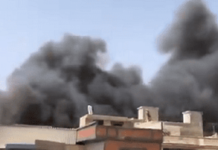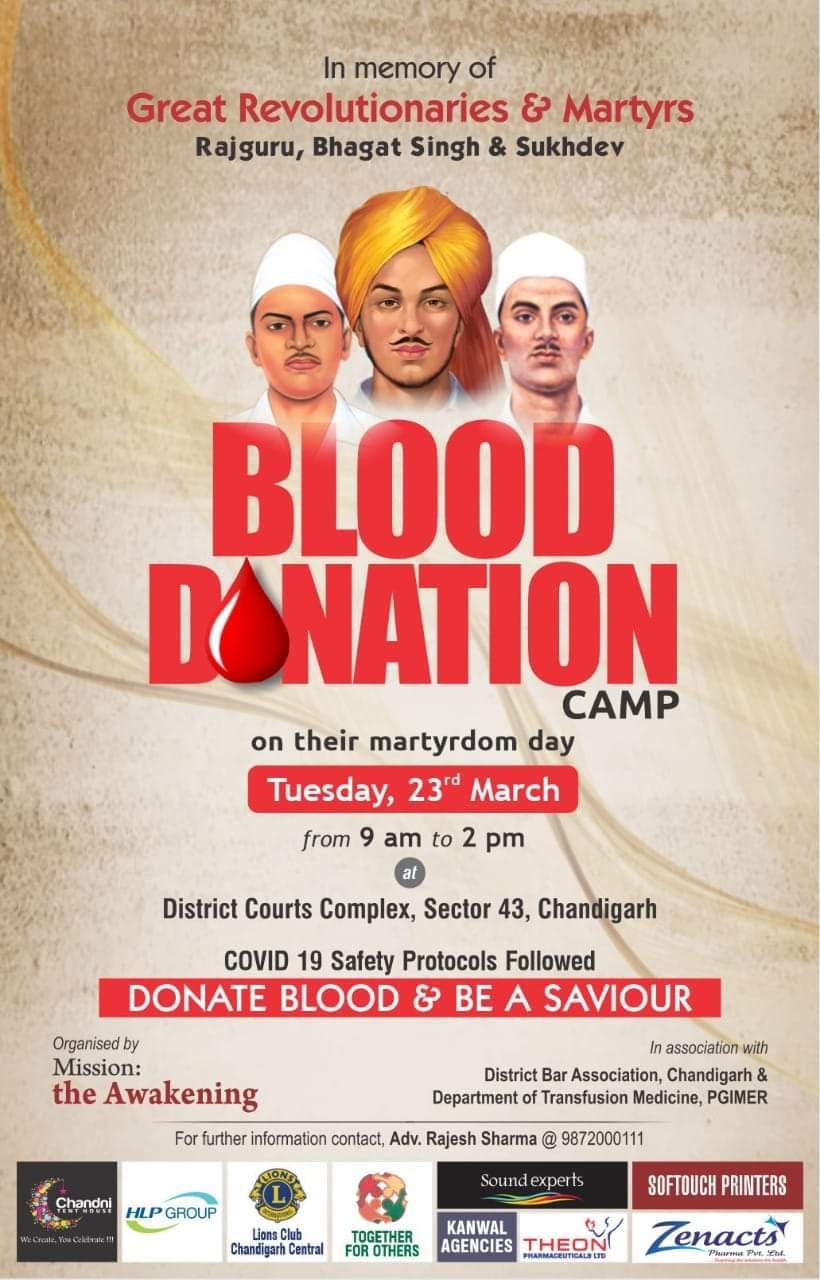In the second session on Cryoablation, the Department of Radiodiagnosis at PGIMER, Chandigarh has recently treated two patients with liver cancer and one patient with renal cancer using the state-of-the-art cryoablation machine. Due to comorbid conditions, these patients could not be treated with surgery and could not be given general anaesthesia. The procedures were performed under local anaesthesia with minimal sedation.
‘The cryoablation machine at PGIMER is the first of its kind installed anywhere in the country’, said Prof M S Sandhu, Head, Department of Radiodiagnosis, PGIMER. He said Cryoablation can help in the treatment of a few selective patients with Cancer of the Liver, Pancreas, Kidneys and Prostrate amongst others.
Cryoablation works on the principle of “ freeze-thaw-freeze ”cycle. Freezing destroys the tumour cells by both mechanical and inflammatory mechanisms. Under image guidance, probes of various sizes are placed accurately inside the tumour . Freezing with argon gas forms an ‘ice ball’ inside the tumour which is then thawed using helium gas. Usually a 30 minutes cycle destroys the tumour in question. ‘The advantage of cryoablation is that it causes insignificant pain as it numbs the surrounding nerves by achieving very low sub zero temperatures, as low as – 150* centigrade, and there is no damage to the collateral structures’, said Prof. Naveen Kalra, who performed this procedure with his team on the liver cancer patients.
Most of the other ablation methods for tumours like radiofrequency ablation and microwave ablation, generate heat at the site of the tumour, are prone to cause collateral damage and are very painful techniques stated Prof Mandeep Kang. Unlike cryoablation, they need to be done under deep sedation or general anaesthesia she said. The other team members of Interventional Radiologists who performed the procedures included Dr Ajay Gulati, Dr Ujjwal Gorsi and Dr Shridhar.




































